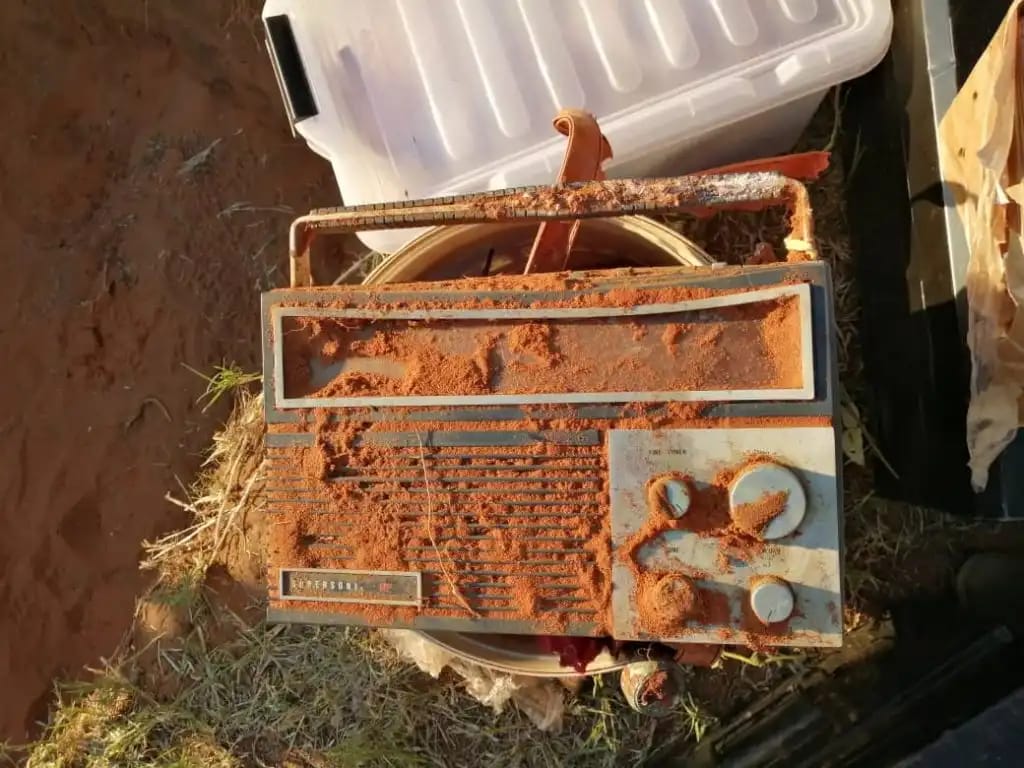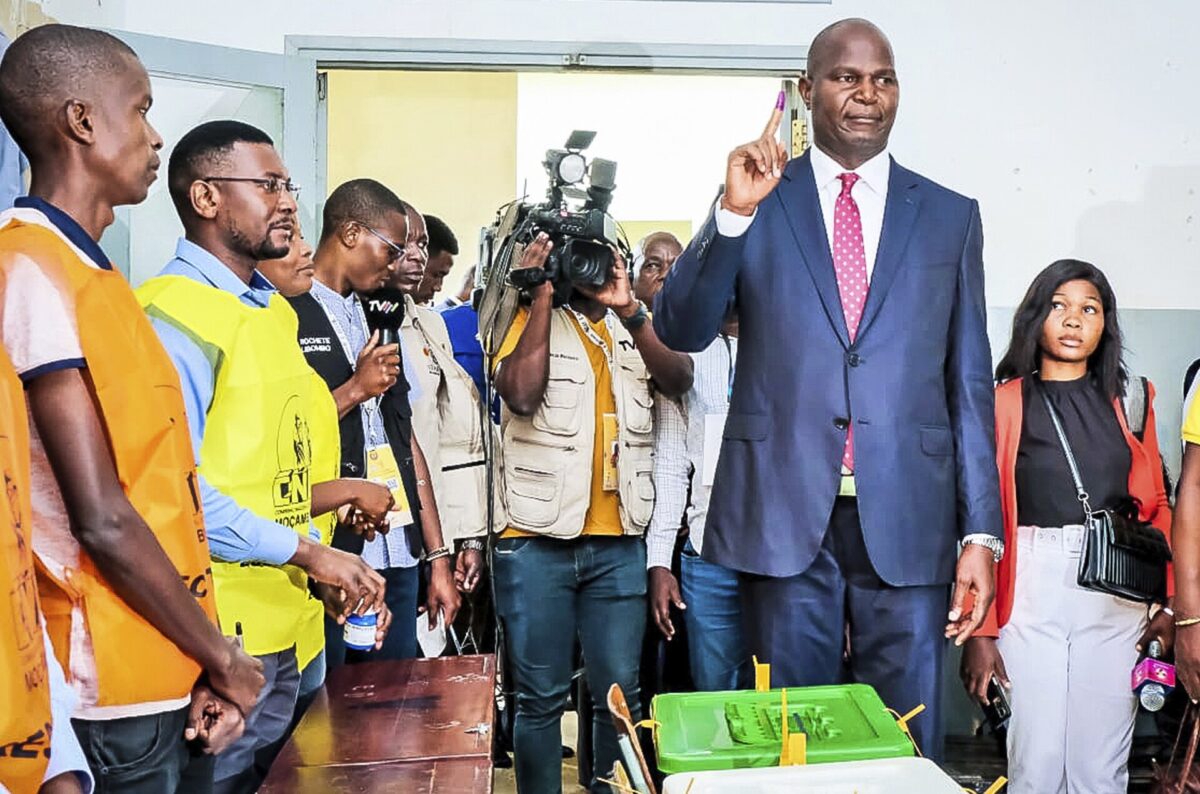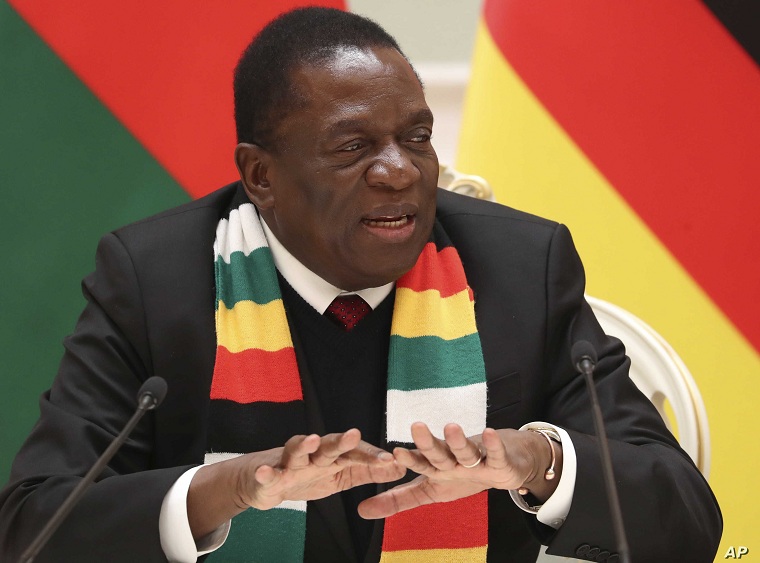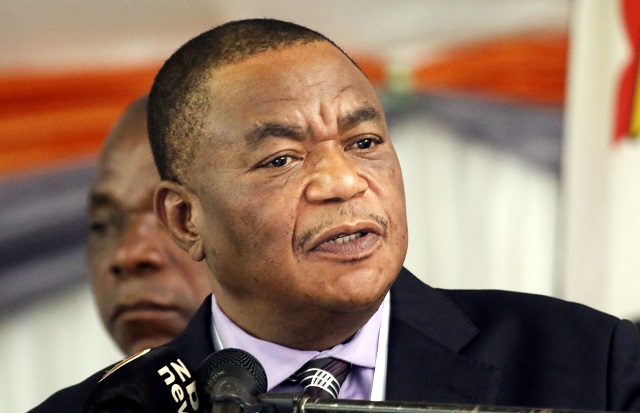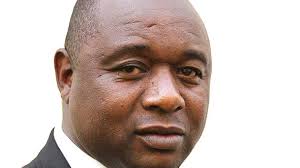SIPEPA, Tsholotsho – Justin Tshuma was working in Bulawayo when reports of mass killings in the Matabeleland countryside by the Fifth Brigade started reaching him with worrying regularity.
The 32-year-old grew increasingly concerned for the safety of his wife, Thembi Ngwenya, 21, and their two-year-old son who were now living under a curfew in the village of Nkwalini in Sipepa, as soldiers carried out atrocities against the local population.
Having collected his family, Tshuma made a dash for the railway station for the trip back – but he did not make it.
They were cornered by soldiers, shot dead in their stomachs and their bodies dumped just meters from the railway tracks. They spared the boy. The soldiers moved on to their next kill, leaving the police to clear up after them.
Local villager Bernard Mpofu, who later changed his surname to Mahlangu, remembers how two police officers came to his home, and ordered him and two other villagers to bury the two bodies.
They dug up a shallow grave near the railway line and buried the couple together with all their possessions they had time to take from the home they were turning their backs to – an umbrella and a Supersonic radio.
On Sunday, Tshuma and Ngwenya were exhumed under a process facilitated by the National Peace and Reconciliation Commission (NPRC) after one of the chief architects of the genocide, Zimbabwe’s President Emmerson Mnangagwa, okayed a programme of exhumations and reburials 36 years after a crime for which no-one has been punished.
Some 20,000 people were killed and thousands more displaced during the Gukurahundi genocide, human rights groups say.
The exhumation was conducted by Ukuthula Trust, an expert organisation in the field of pathology, and attended by the couple’s family members and local villagers.
Alec Mcetshwa Sibanda, the local village head, said: “It’s necessary for the Gukurahundi perpetrators to seek forgiveness from victims, and heal their wounds.”
Mnangagwa, who was security minister when the Fifth Brigade was deployed in Matabeleland ostensibly to hunt down dissidents who had refused to lay down arms after Zimbabwe’s independence from colonial rule in 1980, has never apologised for his role.
He has asked the NPRC to lead efforts to issue identity documents to the children of massacre victims who were rendered stateless after losing one or both parents, and have been denied the documents because they could not produce death certificates. The NPRC will also oversee burials – but the government is mum on justice for the victims.
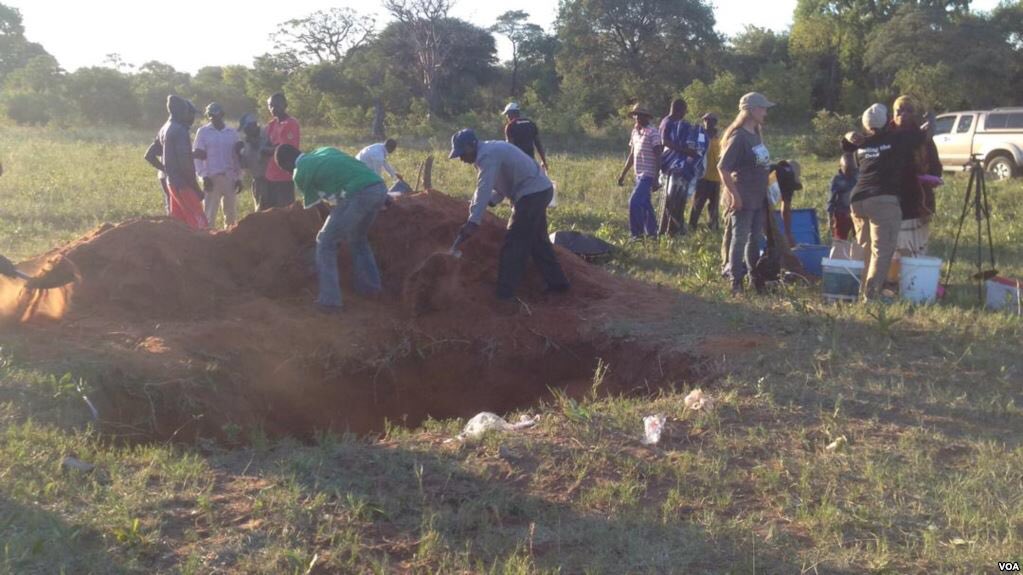
Although Ukuthula Trust has been involved in exhuming bodies since 1999, the exhumation event in Tsholotsho was the first to be publicly covered.
Ukuthula director Shari Eppel, who spoke to both families at length about the process, said before the exhumation could take place, a lot of research had been conducted.
Eppel said family members were brave for pioneering this event in Tsholotsho, which could encourage more people to come out and ask for the same for their late relatives.
The delicate exhumation process started around 11AM and ended around 4PM.
Eppel said the remains would be taken to the laboratory for further examination.
“I suspect the skull is compromised, which might have been caused by a bullet through the head or could be post mortem damage. This is why we have to conduct tests at the laboratory. A lot of bones around the face and eyes were missing, which could be soil damage,” she said.
She said every bone exhumed would be inventoried, and her evidence might one day be crucial in the event of trials for those involved in the atrocities, most of them senior government and military officials today.
“There are 206 bones in the human body, we’ll count and check every single one in the checklist. We’ll make sure we haven’t left a single bone behind,” said Eppel.
“The bones will be dried, as they’re a bit damp. After we clean them we’ll start analysing for what we call a profile. This means we can measure bones, analyse them and it will tell us how old these people were at the time of death probably with a fair degree of accuracy.”
NPRC chairman Sello Nare, a retired judge, told the villagers that they were now free to give decent burials to their relatives.
“Please forgive and be healed by what has happened today. I encourage you to pass the message to others about the reburials. We’ll conduct outreaches but due to our limited numbers, we’ll not be able to reach all areas. Let’s unite around this process,” he said.
Thembi’s younger sister, Beatrice, hopes her family will now get closure now that her remains have been exhumed and she will be finally reburied at the family cemetery, once Eppel’s analysis is complete.
Amon Joseph Tshuma was at school in West Nicholson when he received news of his elder brother’s cold-blooded killing. He said he felt relieved that they finally can give Justin a decent burial.
Xolani, the couple’s son who was left to be cared for by his grandmother, is now married with three children.
(Reporting by Lulu Brenda Harris, Cite.org.zw)

